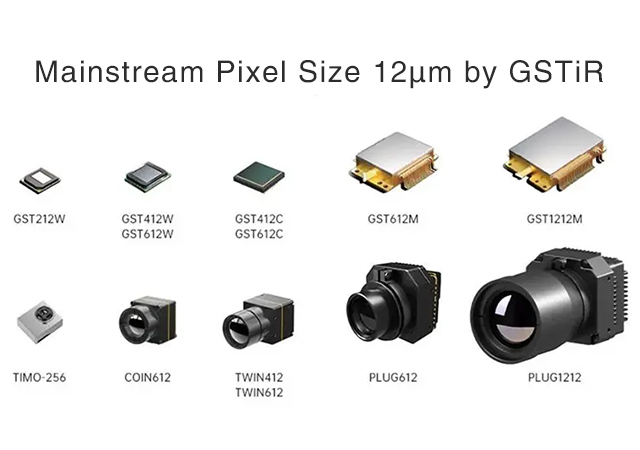In the realm of infrared detectors, one common question is whether smaller pixel size is better. The answer is not straightforward, as it depends on the specific application and requirements of the system. This article will explore the role of pixel size in infrared detectors and consider the advantages and disadvantages of smaller pixel sizes.
Understanding Pixel Size in Infrared Detectors
Infrared detectors, such as those used in thermal cameras, work by converting infrared radiation into an electrical signal, which can then be processed to generate an image. Each individual point of measurement or 'detector element' in the infrared detector array corresponds to a pixel in the final image.
The size of these pixels plays a crucial role in determining the detector's performance characteristics, influencing aspects such as resolution, field of view (FOV), sensitivity, and signal-to-noise ratio.
Advantages of Smaller Pixel Sizes
There are several potential advantages to reducing the pixel size in an infrared detector:
Higher Resolution: Small pixel sizes can lead to higher resolution, assuming the total number of pixels (array format) in the detector is increased. More pixels capturing data means more detailed thermal images, which is especially beneficial in applications where fine details are important, such as precision industrial inspections, medical thermal imaging, or research and development.
Compact Systems: Smaller pixels can allow for more compact optical systems as they can achieve the same resolution as larger pixels in a smaller overall sensor size. This can be beneficial in applications where size and weight are critical, such as in drones or handheld devices.

Considerations and Trade-Offs
However, smaller pixel sizes also come with challenges:
Reduced Sensitivity: As pixel sizes decrease, less infrared radiation is incident on each pixel, potentially reducing the sensor's sensitivity. This can mean that smaller pixels are less able to detect small differences in temperature or can result in increased noise levels.
Optical and Manufacturing Challenges: Smaller pixels require more precise optics and manufacturing processes. This can increase the complexity and cost of the system.
Signal-to-Noise Ratio: Smaller pixels can sometimes lead to a lower signal-to-noise ratio, which can degrade image quality. However, advances in technology, such as readout integrated circuits (ROICs) and improved materials, are helping to mitigate this issue.
In conclusion, whether smaller pixels are 'better' in an infrared detector depends on the specific requirements of the system and application. While smaller pixels can provide higher resolution and enable more compact systems, they can also present challenges in terms of sensitivity, manufacturing complexity, and signal-to-noise ratio.
Therefore, when designing or choosing an infrared detector, it's essential to consider all these factors and make a balanced decision that best meets the needs of the application. As technological advancements continue to push the boundaries of what's possible, we can expect to see ongoing improvements in the performance of infrared detectors, regardless of pixel size.
Go Top